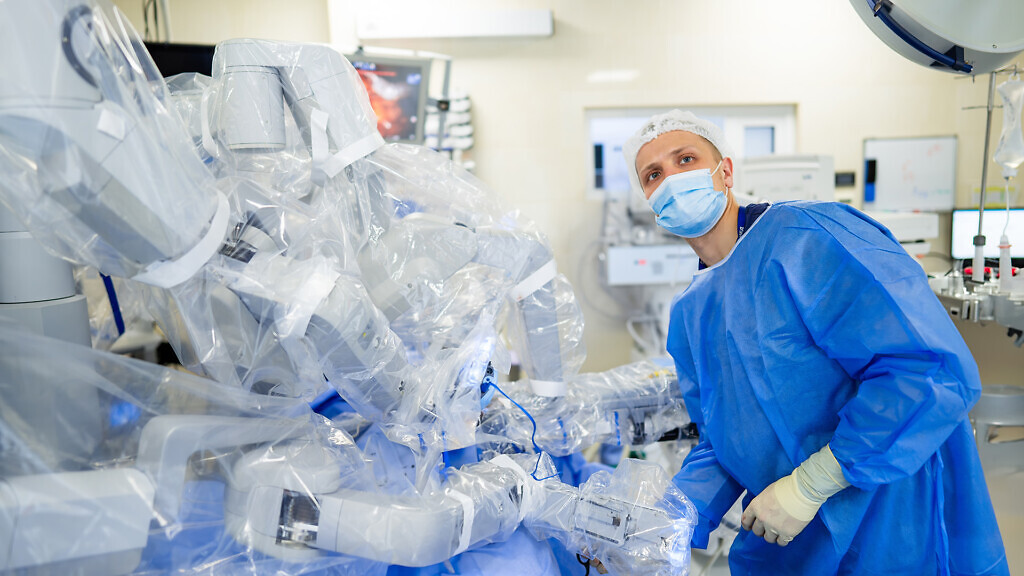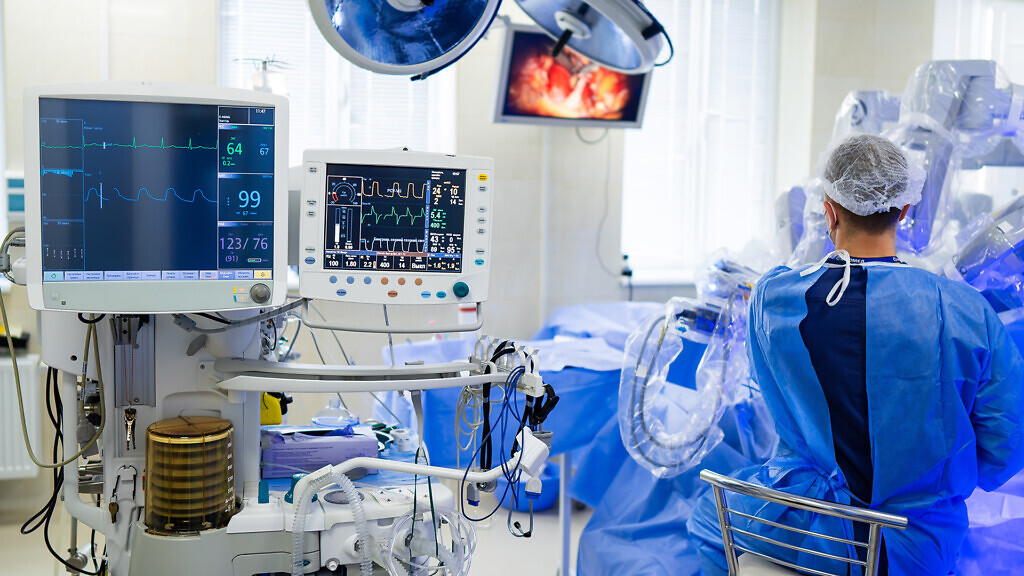Hema Purohit, non-executive director of Birmingham Women & Children’s Hospital and fellow of the British Computer Society, writes about the growing adoption of robotics in healthcare.
Word on the street is artificial intelligence, it’s all about AI in its many guises… conversational, agentic, models, ambient, you name it.
Yet one of the areas where there is large-scale growth and innovation is rarely mentioned so I’m going to address that stat. Let’s talk robotics.
Some incredibly exciting developments in the healthcare industry are truly transforming patient care around the world right now. Robotics is becoming a game-changer, and it’s fascinating to see how these technologies are making a real difference in health outcomes. Let’s dive into some specific examples and explore the value robotics brings to healthcare.
Robotics is gaining traction globally, with hospitals and clinics investing in advanced robotic systems to enhance the quality of care. The market for surgical robots alone is expected to soar, reaching over £10.6 billion by 2026. This growth is a testament to the incredible potential of robotics in healthcare, covering the full lifecycle of care.

Surgical robotics
Surgical robots, like the da Vinci Surgical System, are revolutionising the way surgeries are performed. This system comprises four robotic arms/robots that assist surgeons in conducting minimally invasive procedures with unparalleled precision and control. Imagine a robot helping a surgeon make tiny, precise movements that reduce recovery times and minimise complications. The da Vinci system has already been used in more than 8.5 million procedures worldwide, showcasing its impact. Interestingly, this advancement is not a new one, robotics used to support non-invasive procedures have been in action for many years already.
Rehabilitation robotics
Robotic exoskeletons and rehabilitation robots are helping patients regain mobility and strength after injuries or surgeries. These devices provide personalised therapy, enabling patients to perform movements with robotic support, leading to faster and more effective recovery. Rehabilitation is one of the most demanding care pathways, each patient has different needs and levels of strength where the exoskeletons excel in support, but each patient wants independence back and a good standard of living, and it is amazing to see how these solutions are aiding in the healing process.
Fun fact – exoskeletons are also used widely in defence to support soldiers to carry large, heavy loads over distance to preserve the individual’s strength and energy levels.
Diagnostic and imaging robotics
Robotic systems are enhancing diagnostic accuracy and imaging capabilities. For example, robotic catheter navigation systems are used in cardiac procedures to navigate through complex vascular pathways with precision. This technology improves the success rates of procedures and reduces the risk of complications, making a significant difference in patient outcomes. Blood tests are now widely available with the use of a robot phlebotomist that has unerring accuracy levels – the development of this technology utilising enhanced imaging, improved consistency and reliability.
Service and companion robots
Service robots are being deployed in hospitals to assist with tasks like medication dispensing, patient monitoring, and even providing companionship to elderly patients. These robots help reduce the workload on healthcare staff and improve the overall patient experience. Conversational AI along with enhanced robotics create harmony and improve wellbeing, all in all a positive impact on patient care.

The adoption of robotics in healthcare varies across regions, influenced by factors like healthcare infrastructure, policies, and funding. High-income countries are leading the way, but there’s a growing effort to expand the use of robotics in low- and middle-income countries to bridge the healthcare gap.
The integration of robotics in healthcare is yielding significant benefits. Robotic systems enable surgeons to perform complex procedures with greater accuracy, reducing the risk of human error.
These are minimally invasive procedures. Smaller incisions lead to less pain, reduced scarring, and faster recovery times for patients.
As a result, there is improved patient safety. Robots can perform repetitive and high-precision tasks consistently, reducing the likelihood of complications.
They are also efficient. The automation of routine tasks allows healthcare professionals to focus more on patient care, improving overall efficiency.
The growing adoption of robotics in healthcare is a testament to the transformative power of technology. As these innovations continue to evolve, they hold the promise of further enhancing patient outcomes and revolutionising the healthcare landscape globally. Embracing robotics in healthcare not only improves the quality of care but also paves the way for a more efficient and patient-centric healthcare system.
In the near future, there may be an increased use of robots in adult care homes, assisted living facilities, and various stages of the health lifecycle. Progression will continue, but let’s embrace more testing, governance and diverse design and education to maximise this tech enabler for healthcare.



